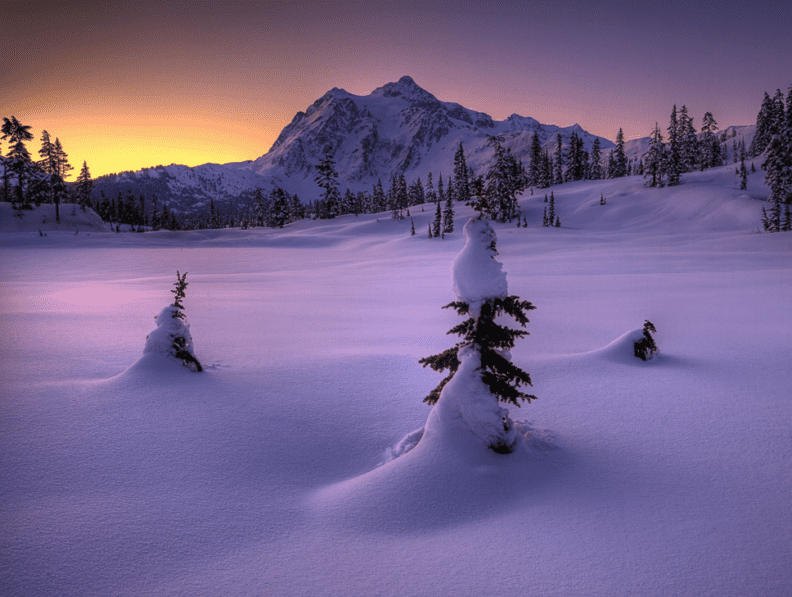
Winter Awareness: Snow Safety in the North Cascades
Today is Winter Safety Day at the Environmental Learning Center, and with colder weather and snow on the way, it seems timely to release this article written by Graduate Student Spencer Gee as part of the the Fall Natural History Project in North Cascades Institute’s M.Ed. Residency coursework. If you are planning to venture into the mountains this winter, take a few minutes to read these snow safety tips!
Winter is coming. In the North Cascades, this season is accompanied by an average of 57.7 inches of snow that drifts, collects, and freezes along roadsides and much more in the high alpine regions of the mountains. Many of these mountainsides covered in snow will create the conditions for avalanches throughout the season. Though this causes potential risks, there are several ways to reduce the dangers for outdoor recreation of all types.
Safety Tip 1: Be Prepared
Preparation in the backcountry takes many different forms, depending on the season, terrain, and experience of the adventurer. To be prepared in avalanche country, it is important to look over the weather forecast and snow conditions for the day and area you plan to recreate in. By understanding the area you will be in, you are more likely to bring the necessary materials and adjust your plans to best suit the day ahead.
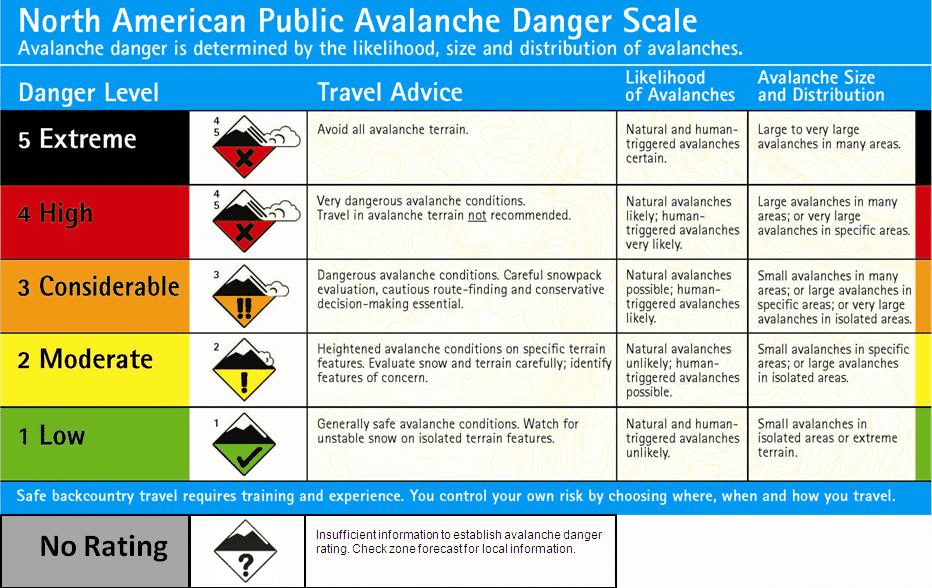
Safety Tip 2: Take a Friend
There are lots of different reasons to bring a friend with you into the outdoors. Having them out there not only allows you to share the amazing views and experiences with another person, but also provides both of you a sense of safety for if something goes wrong. During avalanche season, having a friend could be the difference between life or death, as they may be the only one in the area with that can call for help or begin to search for you.
Safety Tip 3: Get the Gear
There’s lots of suggested safety gear for those who recreate in the high slopes of avalanche country, and while not all of it is necessary when going outdoors, there is some that could help prepare you for the worst. Arguably the most important equipment to bring into the alpine environment is a transceiver, shovel, and probe. This equipment allows for others with you, as well as search and rescue teams, to locate you underneath the snow using a pulsed radio signal if you are buried. But no matter the type of transmitter you use, this equipment will not replace the knowledge of an area and ability to change your plans.
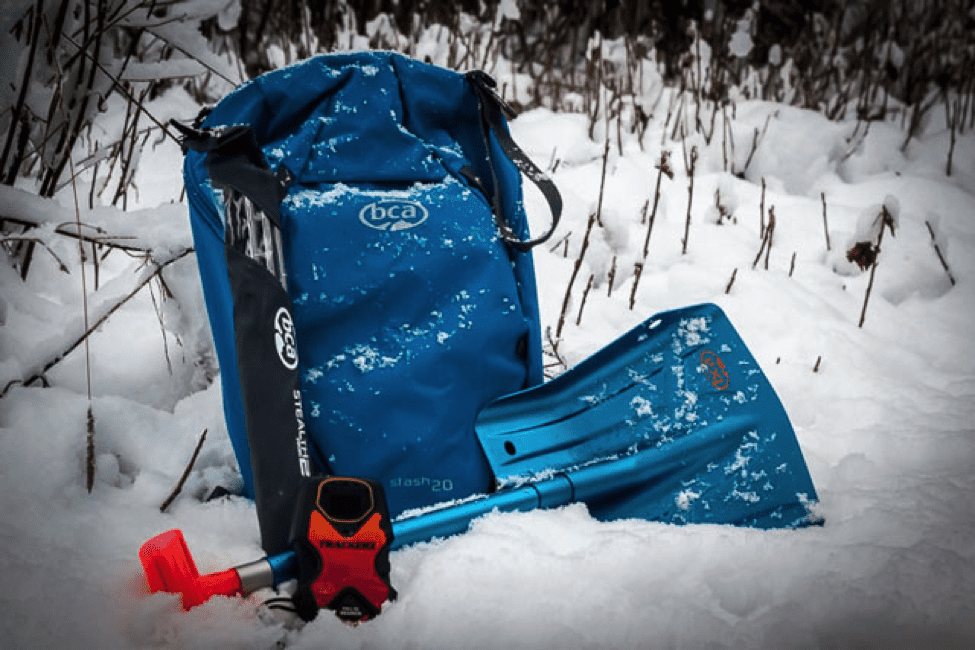
Safety Tip 4: Pay Attention
Paying attention is one of the most important factors in avalanche safety. Even more so than carrying the right equipment, those who chose to adventure into the alpine mountains must be able to read the weather and make decisions for the safety of those in the group. It is important that alpine explorers be able to make decisions quickly in order to avoid as many risks as possible.
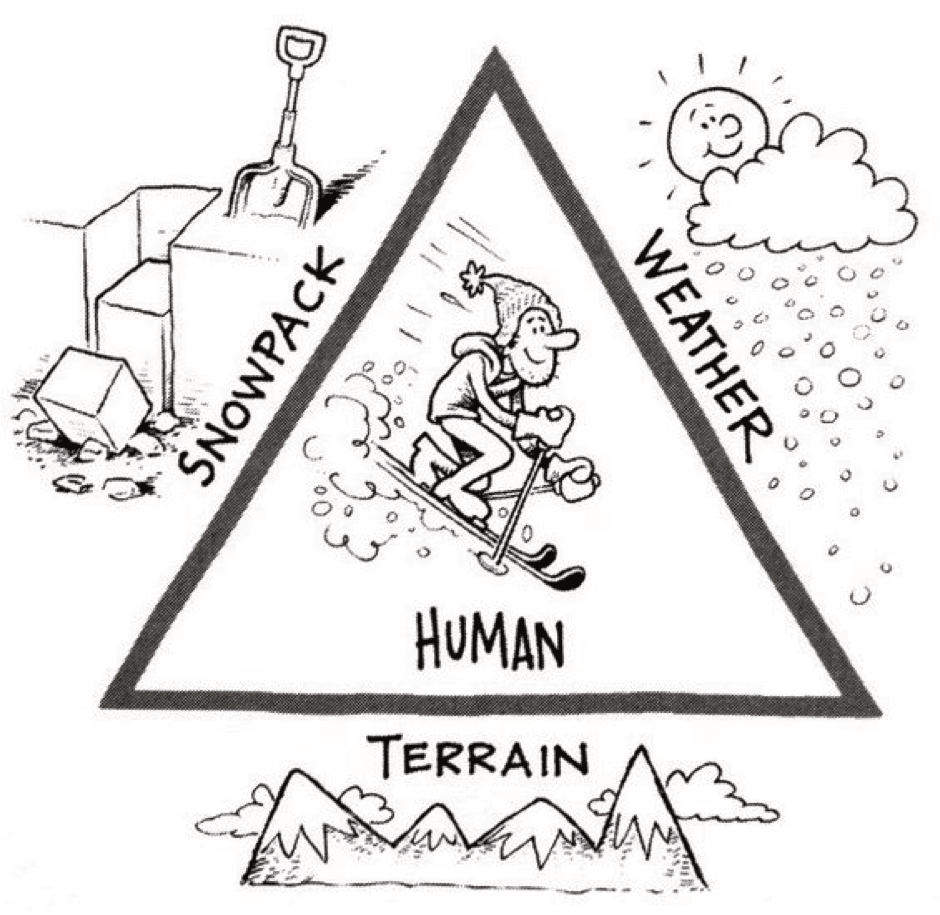
Safety Tip 5: Minimize the Risk
The best way to survive an avalanche is to not be caught in an avalanche in the first place. This means it is important to reduce the risk of being in avalanche terrain as much as possible. The chance of survival if buried by an avalanche is only 30%, and it drops drastically after fifteen minutes. To do this effectively, use the tips mentioned in this post as well as think about taking an avalanche safety course to practice your skills and prepare you for the worst-case scenarios.
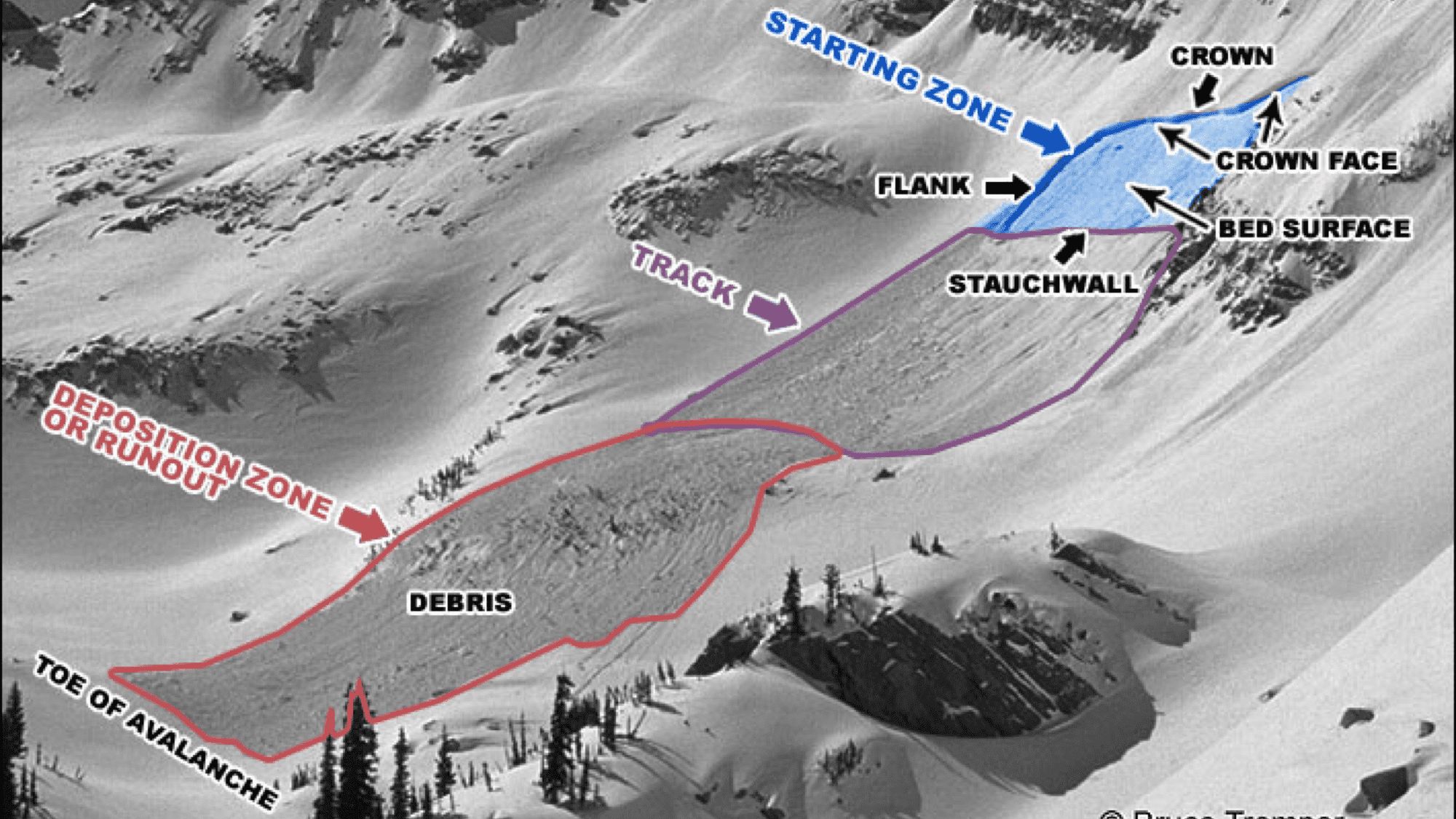
Additional Sources
“Avalanche Safety 101.” backcountry.com. https://www.backcountry.com/sc/avalanche-safety-101.
“Average Annual Snowfall Totals in Washington – Current Results.” https://www.currentresults.com/Weather/Washington/annual-snowfall.php
“How to Choose Avalanche Transceivers | REI Expert Advice.” REI. https://www.rei.com/learn/expert-advice/avalanche-transceiver.html
Before you head out on your next alpine adventure, be sure to check out these sources regularly for up-to-date information on weather, road and avalanche conditions.
Washington Department of Transportation
Stay safe this winter!

